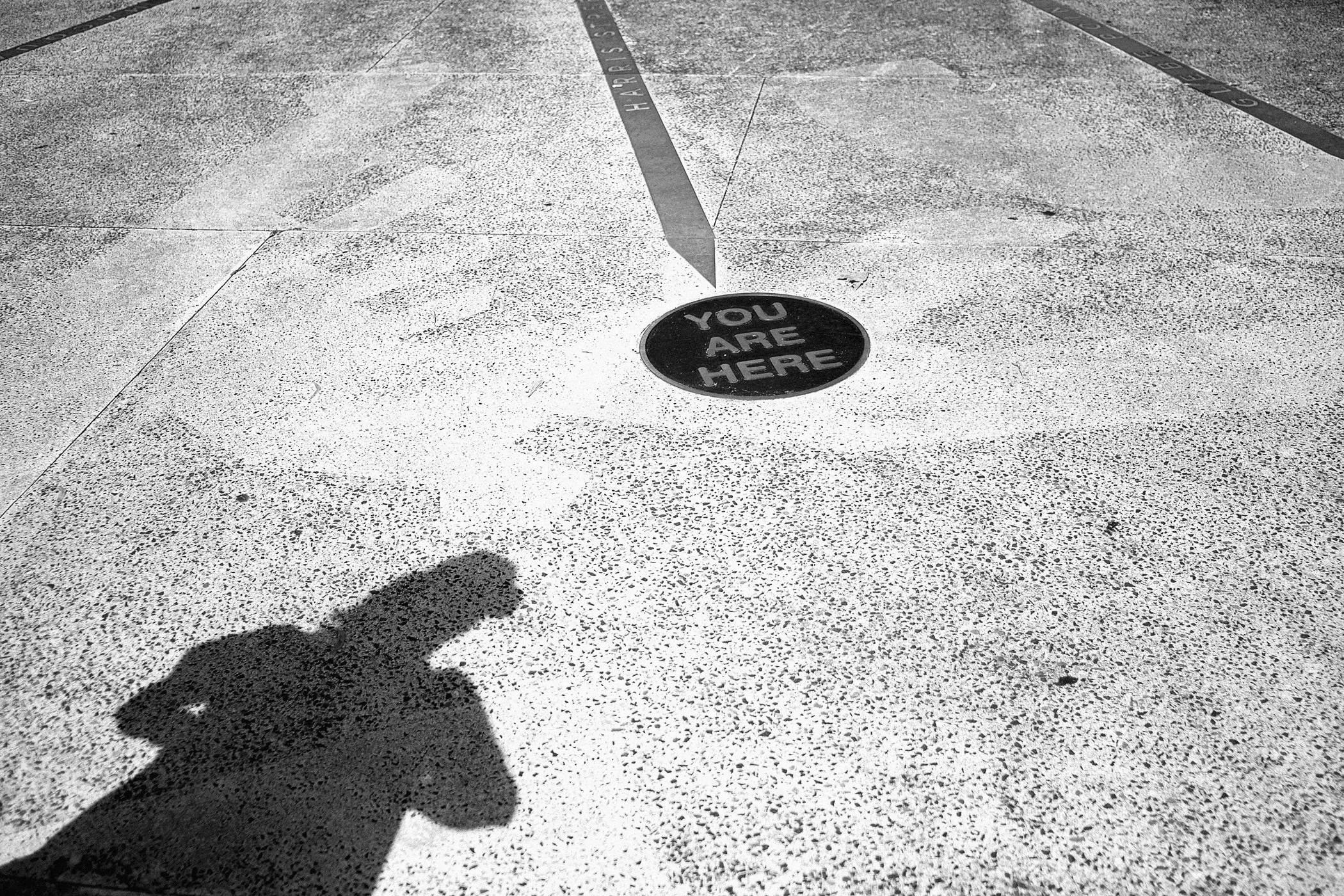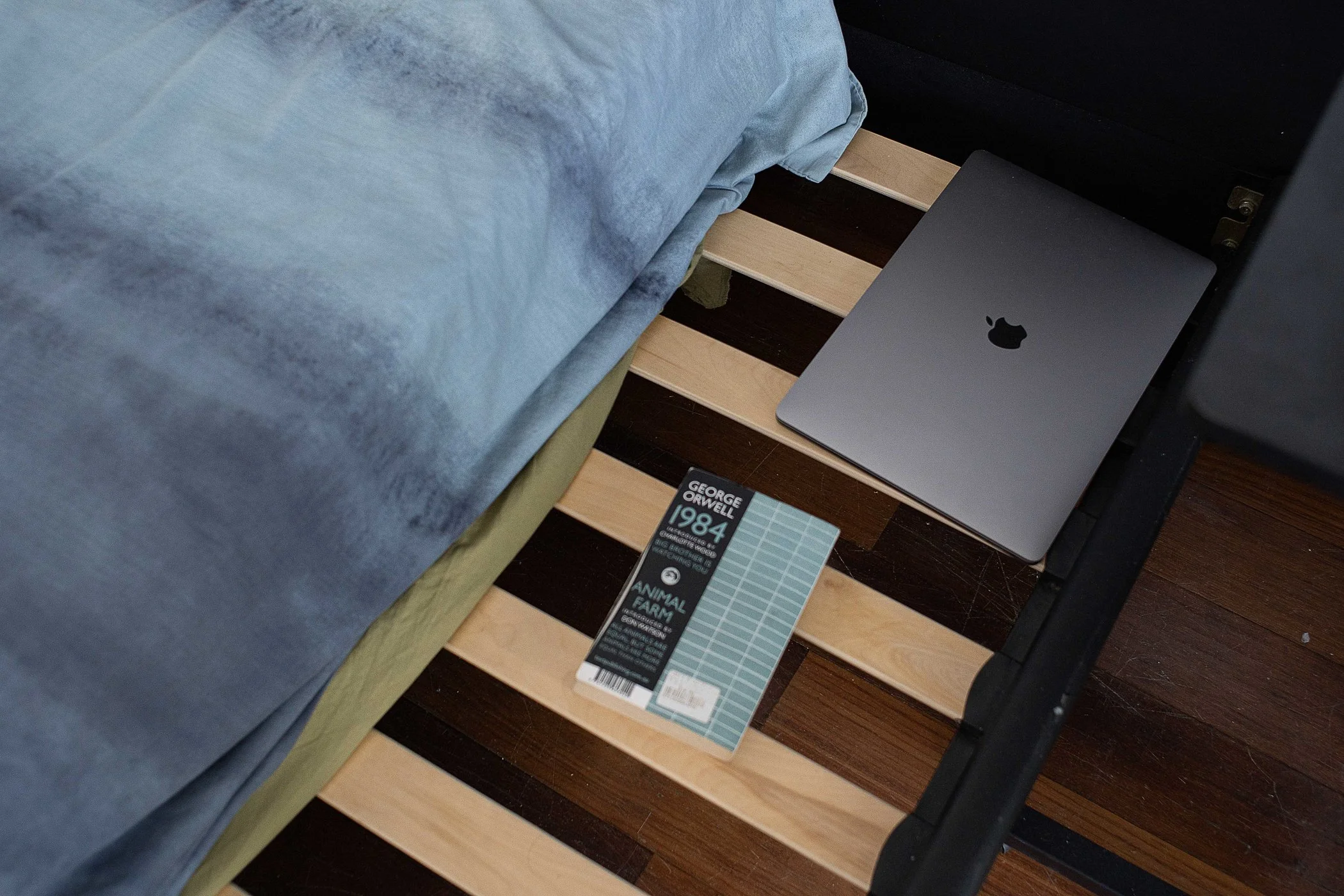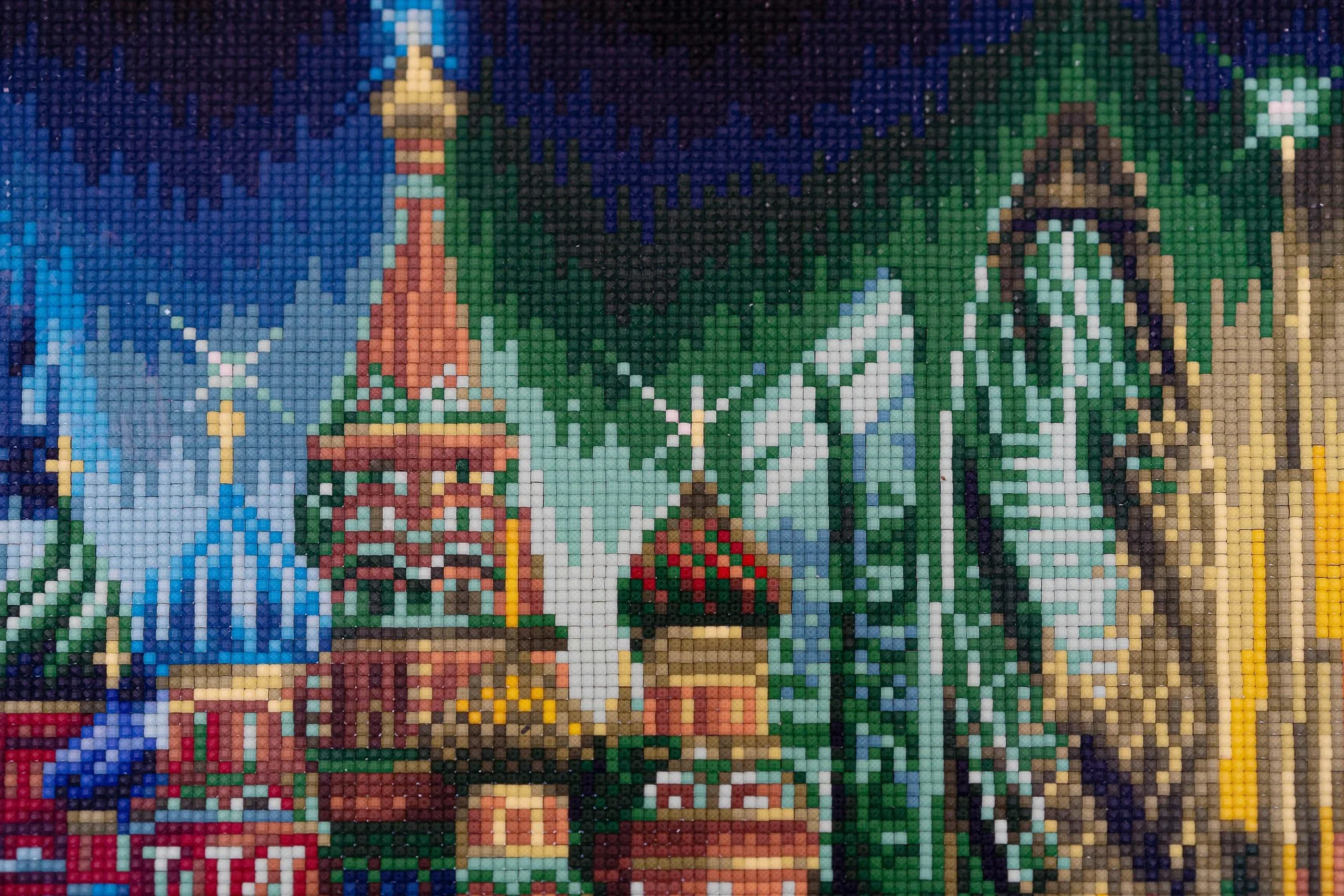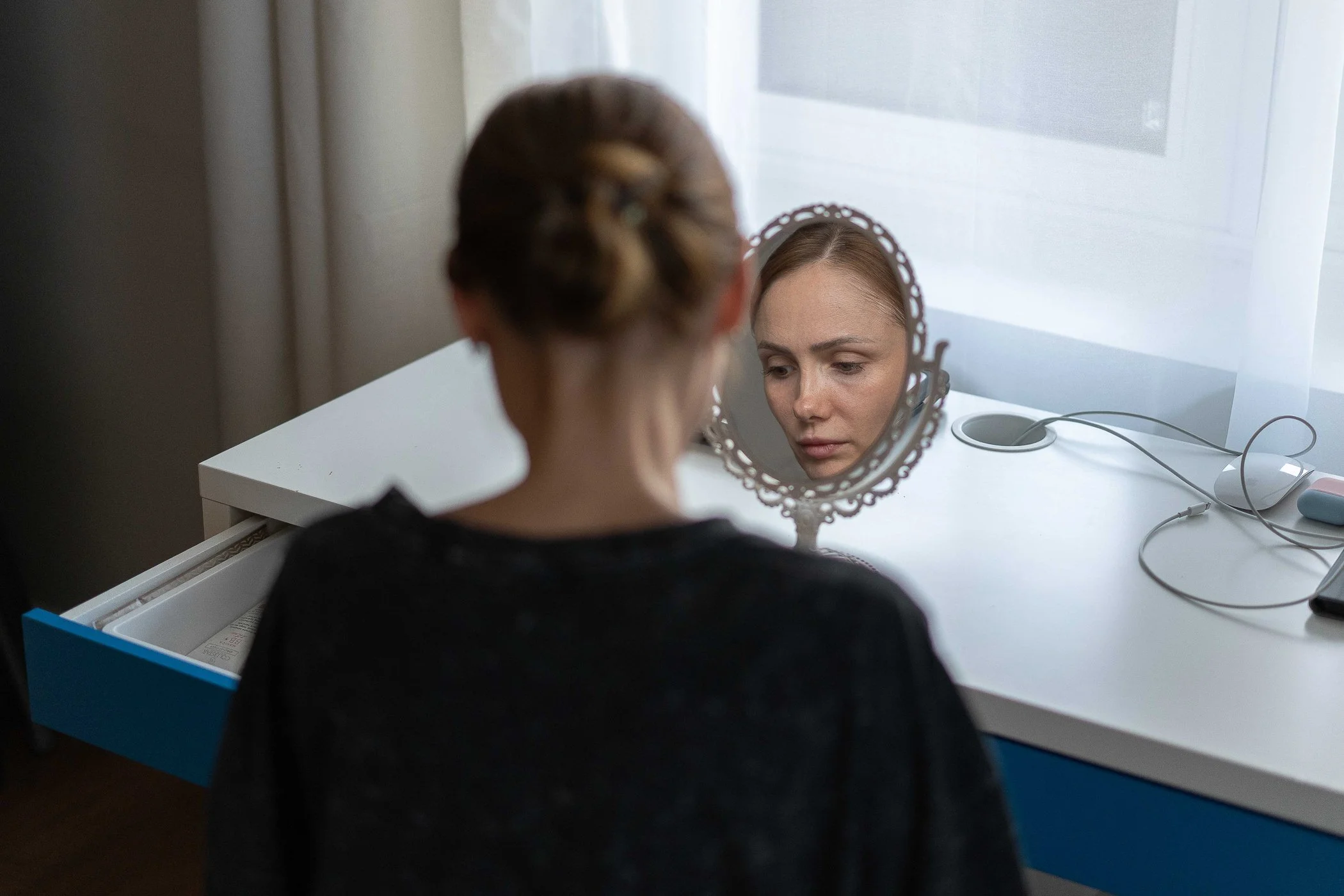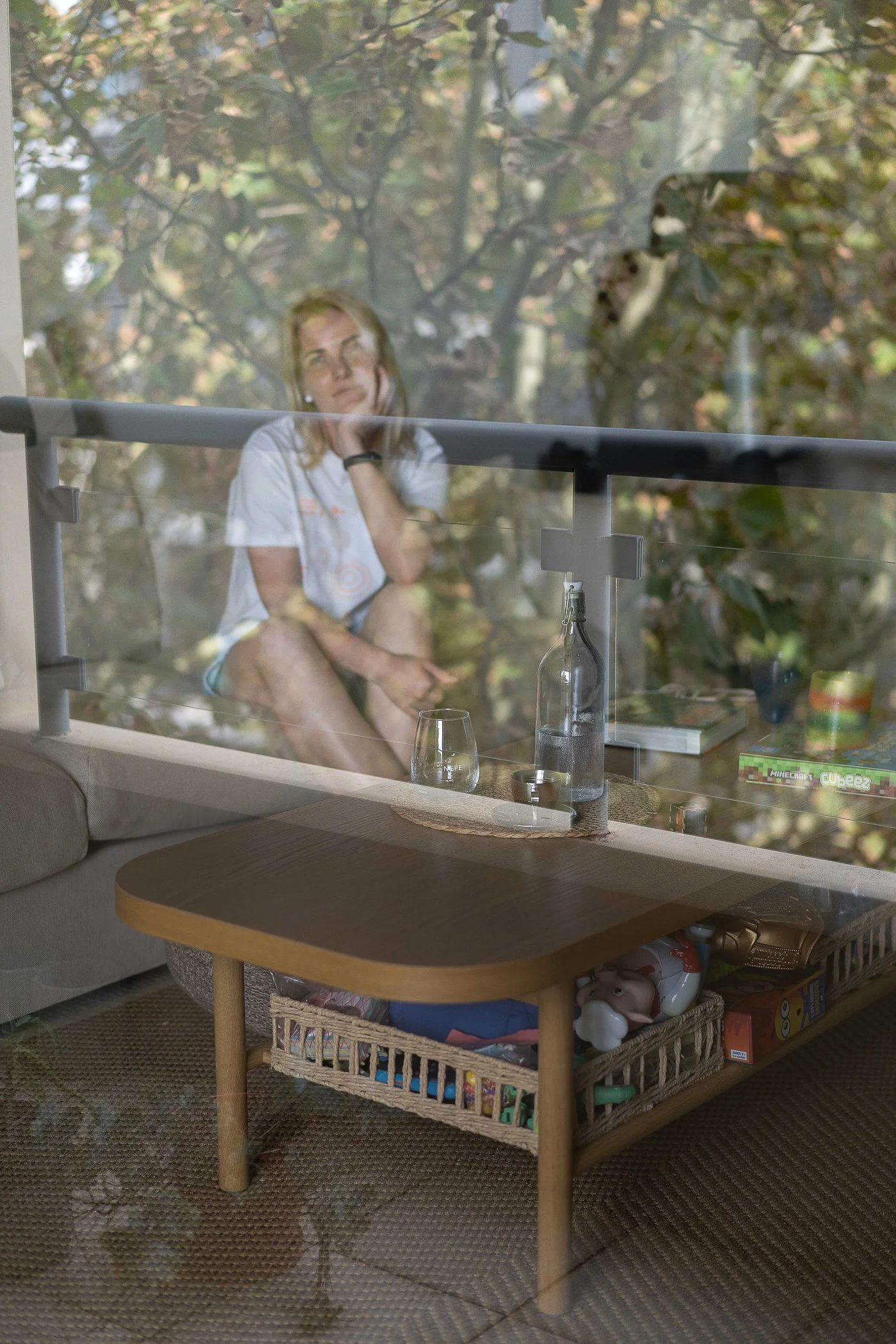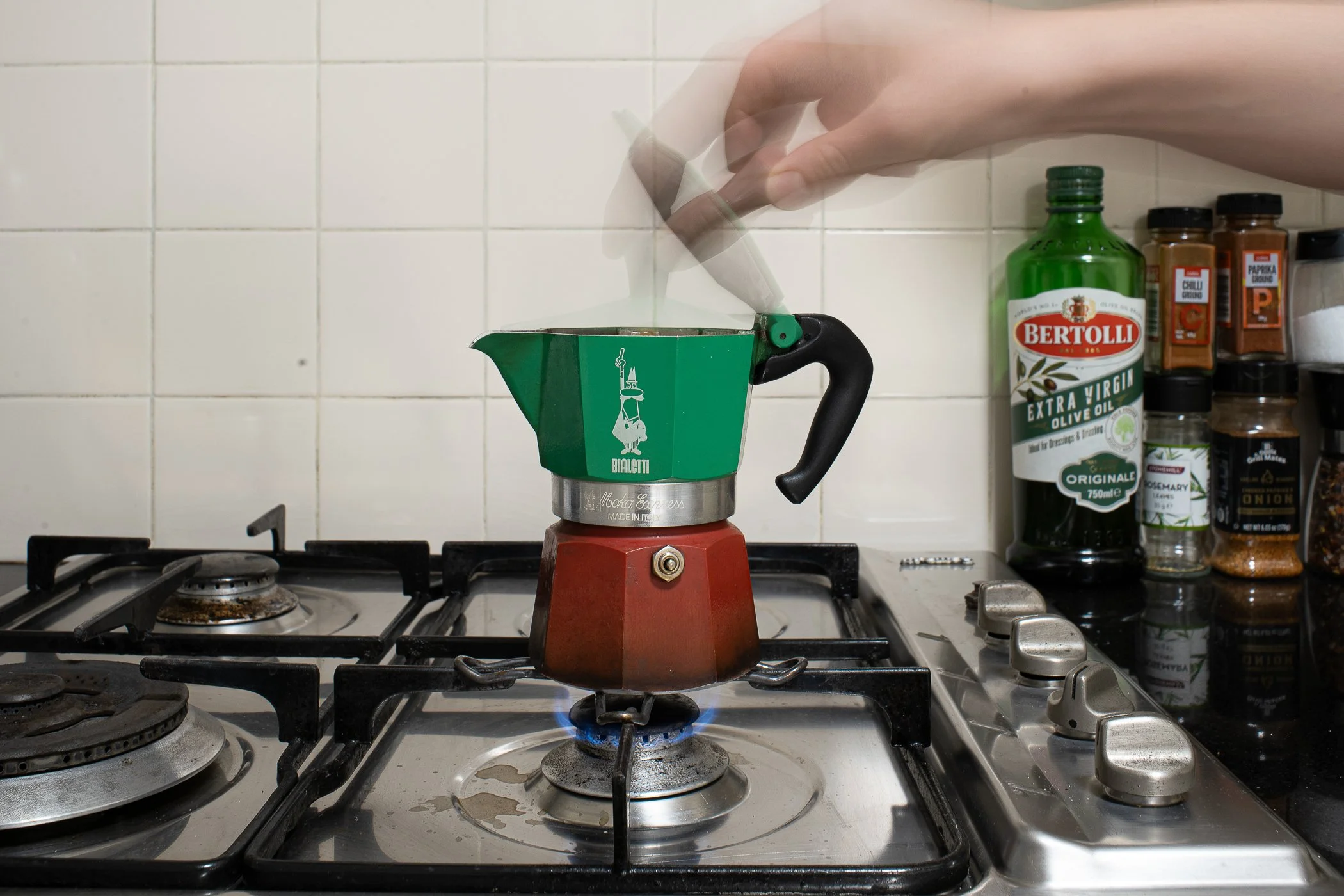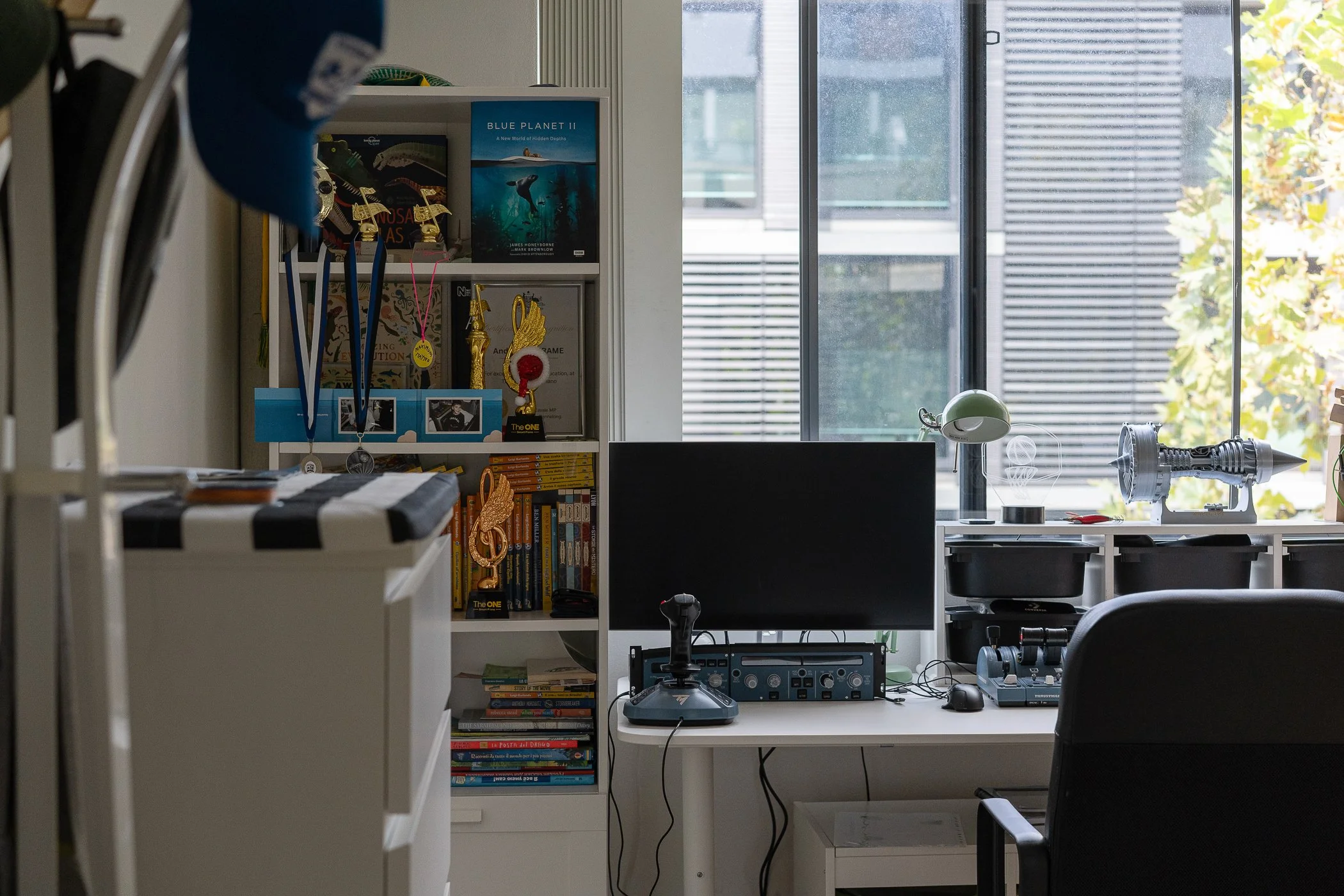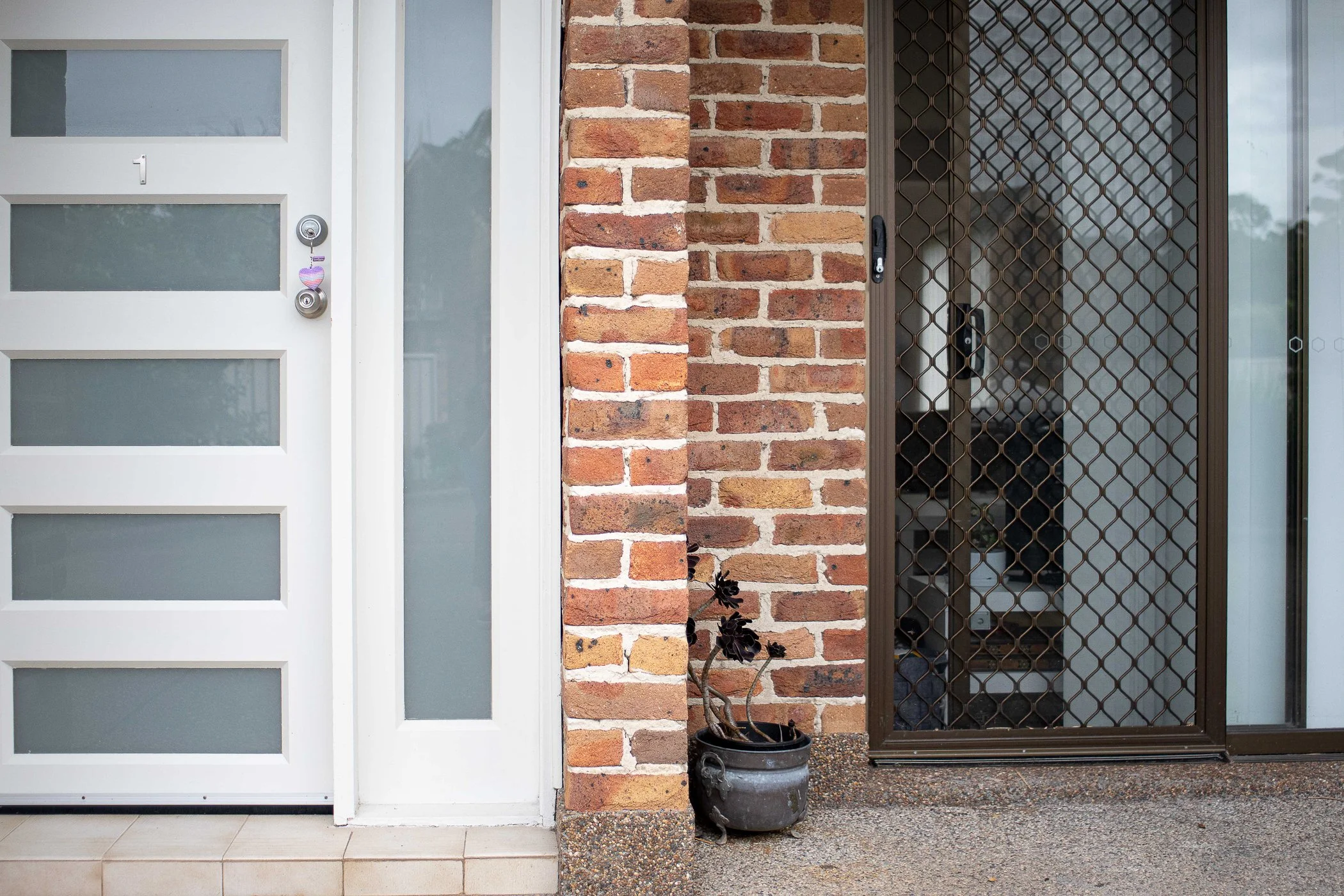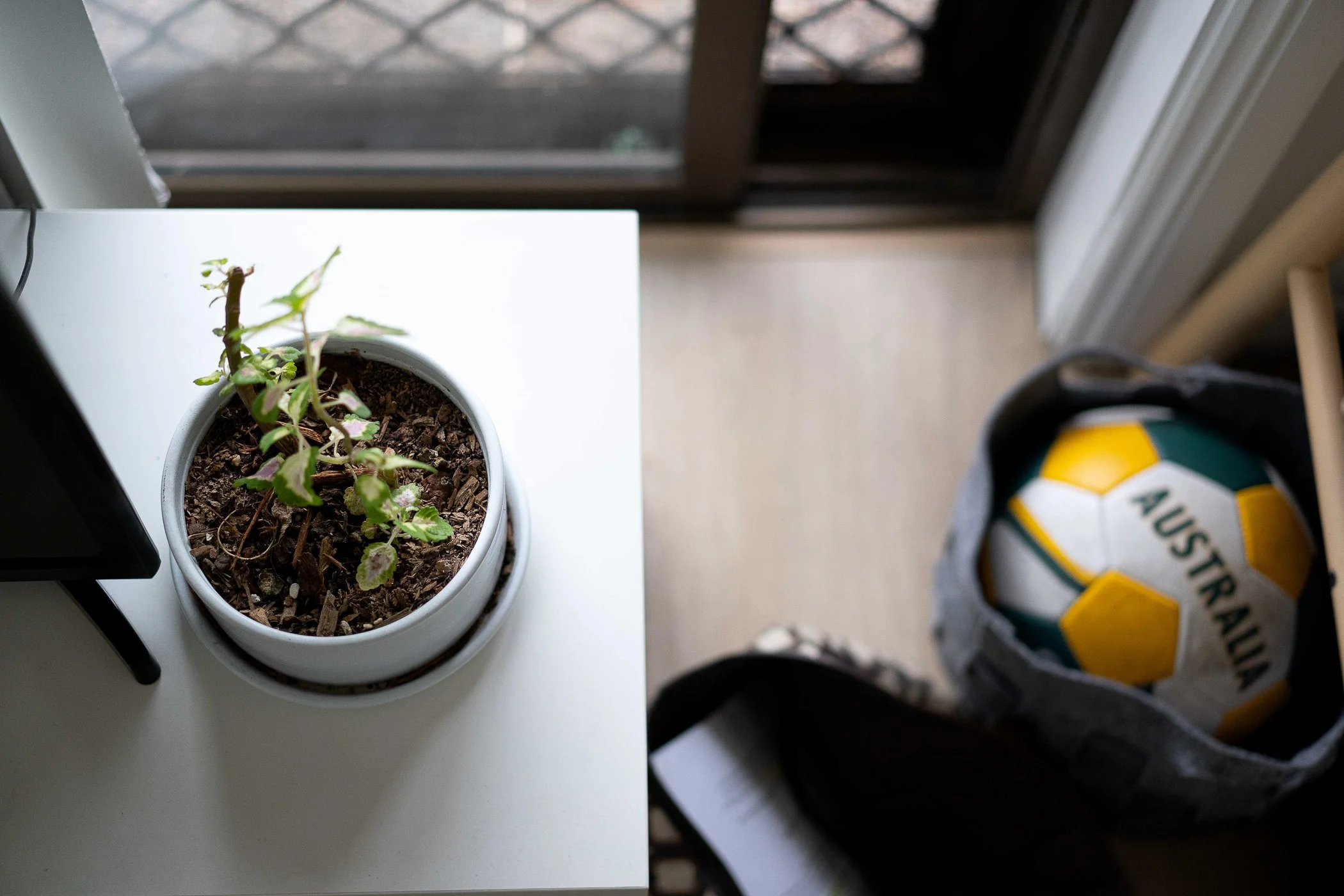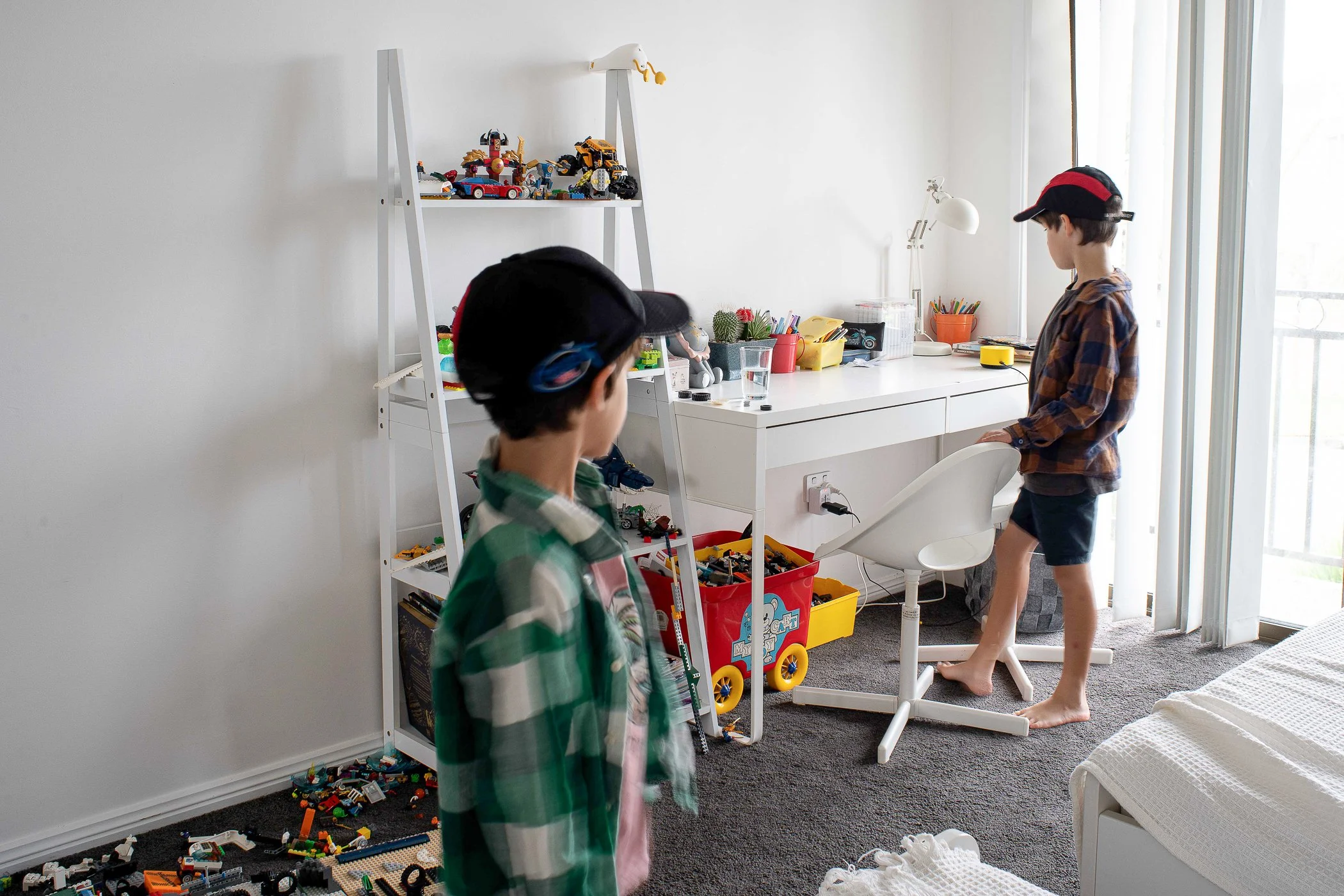YOU
ARE
HERE
BETWEEN EXPERIENCE AND MEANING
“No matter under what circumstances you leave it, home does not cease to be home. No matter how you lived there — well or poorly.”
Iosif Brodsky, 1972
What does home mean to someone who has chosen to move to another country? Is it just a physical space or a deeply personal idea, shaped by objects, memories, emotions, relationships, and lived experience? Does it mean the same thing for everyone? And how do we create a sense of home in an unfamiliar place, surrounded by a different culture and language?
This project explores the connection between personal space and evolving sense of identity in the process of finding a new home. It's about that in-between feeling: between countries, cultures, and continents. The state of being not quite there anymore but not fully here yet. It’s about the way we build new homes: what we bring with us, what we let go of, and what we slowly learn to claim as our own.
SASHA
Nothing is accidental in her house, thoughtfully filled with objects that carry memories of friendships, stories of lives and places. Water surrounds her home. It is in the artworks, in the sunlit bathroom, in the sound of the ocean outside. Powerful and melodic.
The traces of the past are softly woven into the deeply rooted environment, connecting two worlds. The uncertainty of in-betweenness is left behind, but the past still lingers in places closest to the heart.
“The feeling of being in transition never disappears.”
There is ease in the way Sasha welcomes it. There is a solidly built connection to the place, to the people, to herself.
IURII
You are the one who decides where your home is. The simplicity of the space reflects a focus on the journey. He knows where he wants to be and who he wants to become.
There is a strength and resilience in the balance between following dreams and steadily, methodically working towards the goal. The room becomes part of the city. The city becomes part of your story.
ZHENYA
“Home is a cosy, safe place.”
Her sense of home lives in the familiarity of details that bring comfort. Objects that are "like home" create a connection with the self and ease the unsettling strangeness of new surroundings.
Hand-made artwork allows her to create something that is truly hers. Home becomes a place that you assemble, piece by piece, colour by colour, until the space feels like it fits.
Evghenia
For her, home is not within the walls of a physical space; home is inside. It is with family and friends. Home is your street, your neighbourhood, your city. Home is in every cup of coffee, in everyday routine, in childhood memories.
Having lived in very different places, she deliberately chooses what home means. This understanding is deeply reflected in the person she is.
"I have decided I have two homes: one is the place where I was born, and the other is Rome."
Home becomes a layered experience, made up of rituals, connections, and exploration.
Seraphima
Her sense of home is closely tied to the safety and simplicity of the local lifestyle. Small things noticed every day offer a feeling of belonging: meeting friends in a local pub, the beauty of every season, kids running on the football field.
“The children feel at home. If they’re happy, we are happy too.”
Family is the connection to home. There is optimism in the carefully built order of family routines.
the final word
This project is not about defining what home is, but about listening to how it is felt, imagined, and constructed: gradually, carefully, and differently by each person.
The stories told here are layered with memory, intention, adaptation, and love. In rooms, familiar objects, and routines, we find the in-between spaces where identity reshapes itself.
As these photographs show, home is not always where we started or even where we’re going. It’s where we are, for now, with all that we carry and all that we are still learning to hold.
© Elena Dianova
All rights reserved.
This project was developed as part of the Master of Design (Advanced) at Torrens University Australia. No part of this publication may be reproduced, stored, or transmitted in any form or by any means without prior permission from the author. This publication is not for commercial distribution.

